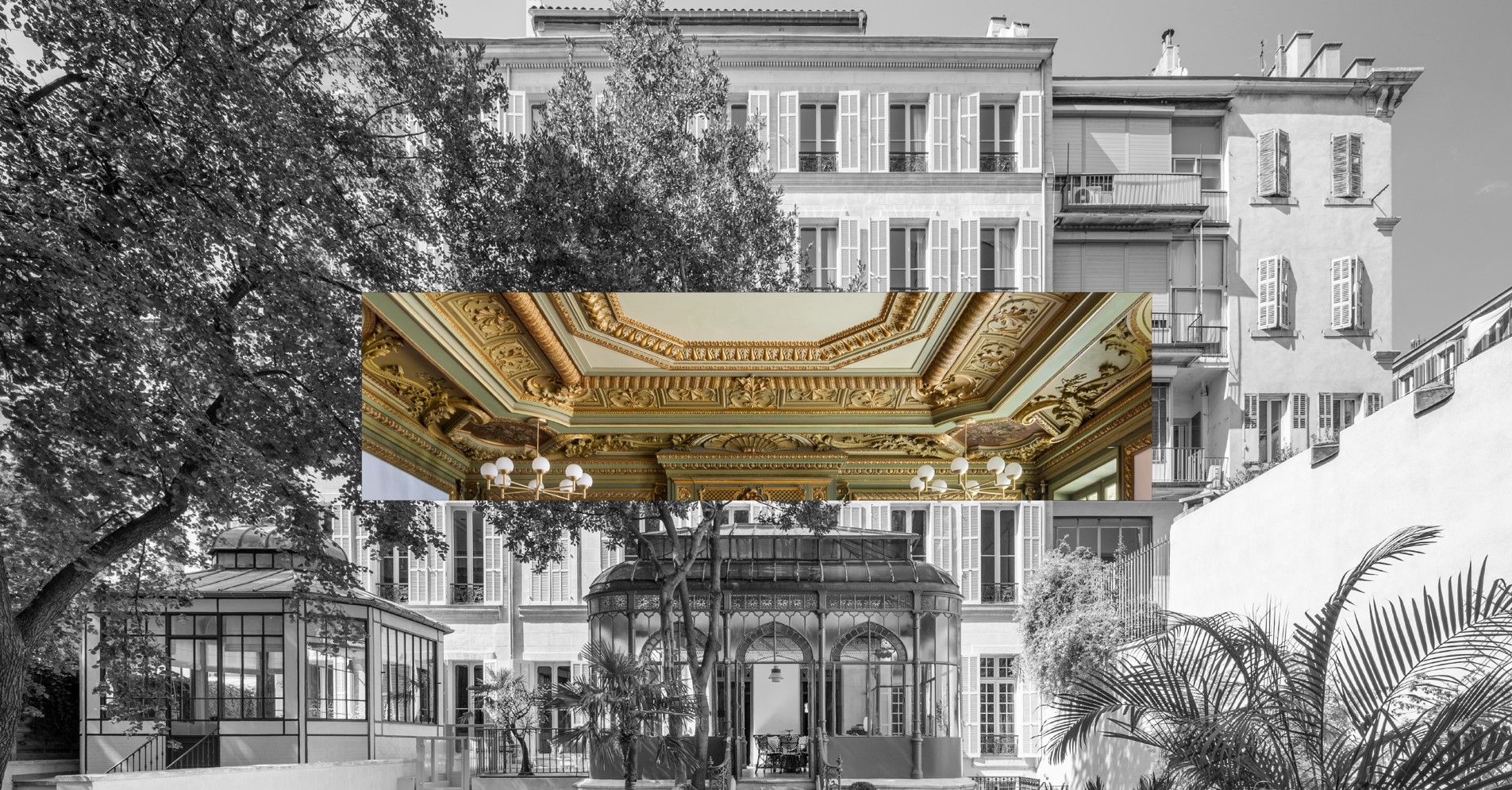In architecture, details matter. Attention to detail is at the heart of what we do, from building materials and energy efficiency to strong collaborations with colleagues, clients and local authorities. Details are especially important in retrofitting projects, where heritage buildings are given a new lease of life, balancing historical significance with contemporary functionality.
We interviewed Hyphen architects, Georgina Mullen, Rachel McCurry, Laura Vatteroni, Carole Netzer, Gloria Martín, Eva Diego, and engineer, Eric Ruiz, to find out more.
“Being sympathetic to a building’s history while introducing high quality contemporary design is the underlying principle of everything we do when working on a heritage building”, writes Georgina Mullen and Rachel McCurry, architects from our Belfast office. “Being considerate is the fundamental approach.”
Careful consideration
“Any structural works must be considered carefully, and any modification to historical features should be avoided. Even if a brand has its own concept, it should be carefully adapted to the space when working on a heritage listed building”, says Laura Vatteroni, architect and associate in our Milan office.
Eric Ruiz, a mechanical engineer in our Santiago team, says that the façades and interior structures of buildings like this “demand creative solutions, which is why it is important to plan carefully and involve the architectural and engineering teams early.”
“One example where this kind of project may differ to a new build is with regards to HVAC (heating, ventilation, and air conditioning). HVAC usually requires a lot of ductwork advancements; however, this may have to be avoided entirely in a heritage project.”
Complementing styles
When interior structures can be adapted, architects and engineers can create something special that respects the building’s history and its contemporary use, often restoring iconic sites that would be otherwise neglected.
“The Palais des Arts project we did in Marseille is a real demonstration of how contemporary features can complement the history of a building”, says Carole Netzer, director in Hyphen’s Paris office. “It has required many hours of design collaboration and technical research with designers and clients, but the result is outstanding.”
Balancing functionality with history
Gloria Martín, a senior architect in our London office also had to take a similar approach when working on a retail project in Battersea Power Station. Reflecting on the challenges, Gloria says, “The fact that the building is so emblematic, with a grade of protection and its huge scale, made the design and technical approval process very complicated. The landlord required submissions for each stage of the project – we needed to prove the store delivered the brand experience the client wanted and was also respectful with what the landlord and heritage needed to preserve.”
“Often the biggest challenge in conservation work involves achieving a good balance between the purpose and the spirit of the building, and the values for which it is listed”, says Eva Diego, Hyphen director in Iberia. “Other challenges include the use of non-standard materials and out-of-the-box solutions, as one detail does not fit all.” Georgina and Rachel say, “It’s about working with what is there, but finding solutions”.
Material challenges
When preserving this history, there can be challenges relating to specific materials that may need extra attention, or are difficult to find.
“Projects can be more complex”, says Carole, “as you must deal with some part of the building that cannot be demolished or altered in any way. With the Eurostar lounge in Gare du Nord, for example, we had to figure out how to hide fireplaces and mosaic walls without fixing anything on it.”
Similarly, “Queens Arcade in Belfast had existing brass doors that had to be taken away for specialist cleaning/treatment”, writes Georgina and Rachel. “The marble to the flooring and stall risers is unavailable in the current market, so we opted to reuse the same materials from elsewhere in the store. When punching through new entrances to the retail units, we needed to be very sensitive with the design and to reuse existing materials wherever possible.”
Sourcing historic materials can be very difficult but it is sometimes possible. Eva recalls her own experience with this: “I remember in Barcelona sourcing hydraulic tiles from the 1920s and having to investigate old family businesses that stayed true to traditional production methods. We requested hand-painted ceramics to produce made-to-measure finishes.”
Gloria concludes, “Reusing buildings is the best way to protect them, and the most sustainable approach. As architects, we must protect buildings with special architectural and historic interest, so our cities can be preserved for future generations.”
Find out more about how Hyphen can support you on your next heritage project
#Detailmatters


